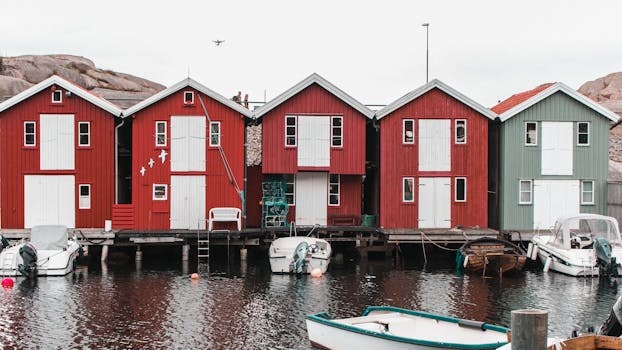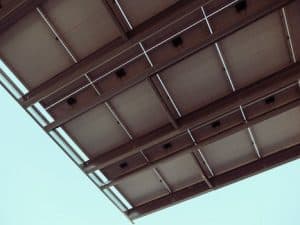Water-Wise Architecture: Homes That Conserve and Collect
When it comes to sustainable living, one crucial factor that often goes overlooked is water conservation. With the threat of water scarcity looming over many regions, homeowners are starting to take action by implementing water-wise architecture into their homes. Not only does this help to preserve one of our most valuable resources, but it also leads to reduced utility bills and a lower carbon footprint. In this article, we’ll dive into the world of water-wise architecture and explore some of the most innovative and efficient ways that homeowners are conserving and collecting water in their own homes. 
The Importance of Water-Wise Architecture
Before we delve into the specific methods of water conservation and collection, it’s important to understand why water-wise architecture is so important. According to the United Nations, nearly 2.2 billion people worldwide lack access to safe drinking water, and by 2025, half of the world’s population will be living in water-stressed areas. With climate change exacerbating these issues, it’s becoming increasingly crucial for individuals to take responsibility for their water usage. One way to do this is through incorporating sustainable water practices into the design and construction of our homes.
What is Water-Wise Architecture?
Water-wise architecture, also known as water-smart architecture, refers to the design and building of structures that seek to reduce and conserve water usage, as well as collect and reuse rainwater. This can be achieved through various techniques, including using efficient plumbing fixtures, rain gardens, and graywater recycling systems. The goal is to create a sustainable home that minimizes the impact on the environment and maximizes the efficient use of water.
Conserving Water in the Home
The first step in water-wise architecture is to reduce water consumption. This can be achieved through simple changes like using low-flow toilets, showerheads, and faucets. These fixtures use significantly less water than traditional ones without compromising on performance. Another way to conserve water is to fix any leaks or drips immediately. A dripping faucet can waste up to 3,000 gallons of water per year, according to the Environmental Protection Agency (EPA).
Furthermore, implementing a drip irrigation system for gardens and lawns can significantly reduce water usage compared to traditional sprinkler systems. Drip irrigation delivers water directly to the plants’ roots, minimizing loss due to evaporation or runoff. Another way to conserve water outdoors is by planting native, drought-resistant plants that require minimal watering.
Collecting Rainwater for Reuse
One of the most innovative ways to incorporate water-wise architecture into a home is by collecting rainwater. Rainwater harvesting is the collection and storage of rainwater for later use. This water can be used for non-potable purposes, such as watering gardens, washing cars, or flushing toilets.
One method of rainwater collection is through the use of a rain barrel. These barrels are placed at the bottom of downspouts to collect rainwater from the roof. The water can then be used for outdoor needs or redirected into a greywater recycling system. Alternatively, homeowners can opt for a more extensive rainwater harvesting system, which involves the use of gutters, filters, and storage tanks to collect and store larger amounts of rainwater.
Reusing Graywater
Graywater is untreated household wastewater that comes from sources such as sinks, showers, and washing machines. While not suitable for drinking, it can be used for irrigation or flushing toilets. Graywater recycling systems collect this water from the home, filter and treat it, and redirect it back for reuse.
There are various types of graywater recycling systems available, depending on the amount of water to be treated and the intended reuse. Some systems use biological and chemical processes to filter the water, while others incorporate plants to naturally purify the water. Regardless of the system used, reusing graywater can save an average household up to 40% of its water consumption.
In Conclusion
Water-wise architecture is a crucial aspect of sustainable living. With the growing issue of water scarcity, it’s essential for homeowners to take action in conserving and collecting water. By implementing simple changes like low-flow fixtures and rainwater collection systems, we can all do our part in reducing our water usage and preserving one of our most valuable resources for future generations.
Whether you’re building a new home or looking to make existing improvements, incorporating water-wise architecture into your plans will not only benefit the environment but also save you money in the long run. Let’s all do our part in creating a more sustainable future by embracing the idea of water-wise architecture in our homes.










